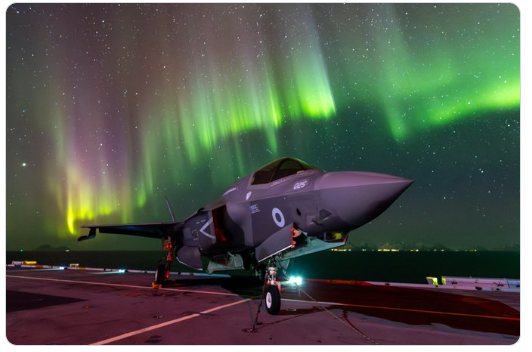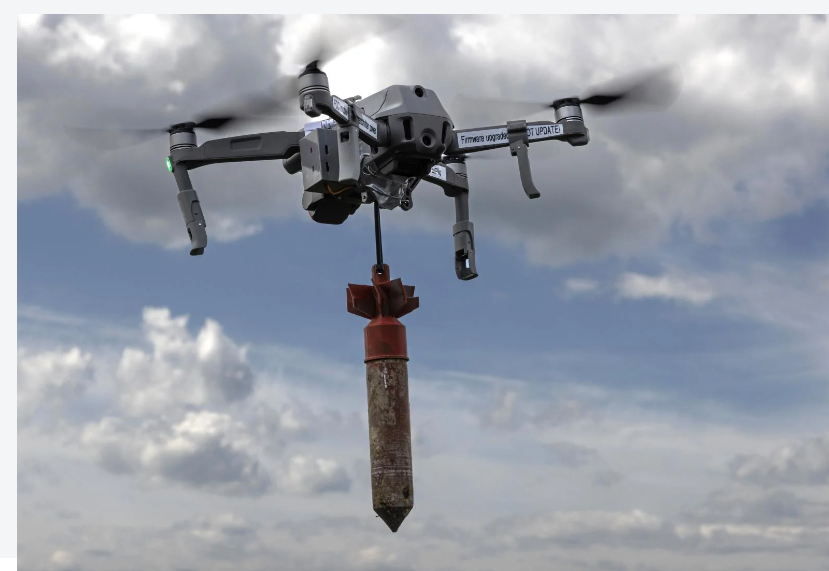Recent years have seen the mass migration of MFAs (foreign ministries) and diplomats to social media sites. It is now estimated that 95% of UN Member States have established some form of social media presence. Iran is no exception. Although Twitter, Facebook and other platforms cannot be accessed from Iran, senior Iranian policy makers can be found on Twitter including Ayatollah Khamenei and Iran’s foreign minister.
Iranian officials first migrated to Twitter during the 2015 Iran nuclear negotiations. Iran’s President at the time, Rouhani, and his foreign minister, Javad Zarif, both launched Twitter accounts in what came to be known as a “charm offensive”. By opening accounts on Western social media sites, Iranian leaders hoped to re-craft Iran’s image and portray it as a nation open to dialogue with the world. Moreover, in 2015, social media sites were still associated with the Arab Spring and the democratic revolts that swept across the region. By joining Twitter, Iranian officials hope to associate Iran with the hopeful spirit of 2011.
Since it first started using Twitter, Iran has repeatedly engaged with Israel online. At times, Iranian leaders ridiculed their Israeli counterparts. Other times, Iranian officials promised to eradicate Israel.
Of course, Iranian leaders do more than lambast Israel on Twitter. Like most diplomats, Iranian policy makers hope to shape the worldviews of online publics and their understanding of world events. Iranian diplomats thus comment on regional matters such as the American withdrawal from Afghanistan and they depict Iran as a regional leader and the key to resolving regional conflicts such as the Syrian civil war.
Last week, the Iranian Mission to the UN in Vienna published a tweet commemorating the death of Qasem Soleimani, a General in the Revolutionary Guard who was assassinated in 2020. According to the Iranian Mission, Soleimani was at the forefront of the global war on terror. Furthermore, his assassination was an act of aggression by the US and, possibly, a violation of international law. The Mission to Vienna chose to emphasize the fact that President Donald Trump personally ordered the assassination and that this act was a brazen violation of international accords. The Iranian mission concluded that all those who took part in the assassination, should be sanctioned internationally.
What is most striking about the tweet was Iran’s attempt to brand Soleimani as an antiterrorism hero, a man who stood at the forefront of the global effort to stem the tide of hate-based and violence. Even the image of Soleimani is a soft one. The General is depicted in civilian clothing, as opposed to a military uniform. He is not captured commanding units or ordering daring raids but he shyfully looks away from the camera placing his head in his palm, as if in the middle of prayer.
The Israeli rebuttal soon followed as the MFA edited the Iranian tweet to rebrand Soleimani as an arch-terrorist. Using graffiti, the words “anti” and “hero” were removed leaving only the word “terrorist”. Next, the Israeli MFA highlighted Soleimani’s “achievements” including his sanctioning by the UN Security Council, the US and the EU for aiding the Syrian regime kill more than 300,000 citizens, many of them in chemical attacks. The General’s other achievements include terrorist attacks across the globe while supporting regional terror groups such as Hezbollah.
Notably, the Israeli rebuttal was published within hours of the original Iranian tweet while the Israeli MFA even drew Iran’s attention to the tweet writing “hey @PMIRAN_Vienna, we fixed your tweet”. Two questions come to fore. First, why did Israel react so quickly to Iran’s tweet and, second, why did the Israeli MFA “poke the bear” and draw Iran’s attention to its alterations?
The answer to the first question is that diplomats now view social media sites as competitive arenas in which multiple actors try to shape people’s worldviews. Iran and Israel are in the midst of a digital battle with each country’s MFA looking to shape foreign publics understanding of the Middle East. Iran’s original tweet is emblematic of this struggle as it depicted Iran as a nation that abides by international law while portraying the US as a violator of international law. There was also an attempt to draw a distinction between US President Donald Trump, who sanctioned illegal assassinations, and General Soleimani who was merely a “peace activist”. The Israeli tweets paints a very different reality in which Soleimani was a powerful “arch-terrorist” whose murderous reach extended from Iran to Syria, Lebanon and Gaza.
The competition between Israel and Iran over foreign publics has only intensified given the nuclear negotiations taking place in Vienna. Both MFAs are aware of the fact that any nuclear accord will require public support. Iran seeks to rally foreign publics to its side. Israel is trying to disrupt these efforts.
As for poking the bear, the Israeli MFA may have chosen to deliberately escalate tensions in an attempt to increase the reach of its message. By openly berating the Iranian Mission to Vienna, the MFA may have been able to attract the gaze of digital publics who are always busy scrolling onto the next tweet or Facebook posts. Notably, one cannot shape public opinion without first attracting the public. This is also not the first time that Israel responds to Iranian threats with humour. Israel’s past response, shown below, became viral attracting mass media attention to both Iranian threats and Israel’s use of Twitter.
The digital “dual” between Iran and Israel will most likely continue after the deliberations in Vienna have ended as both MFAs realise that Twitter users want to learn about events and actors shaping their world. The question that remains is who they will learn from- Israel or Iran?





Leave a comment